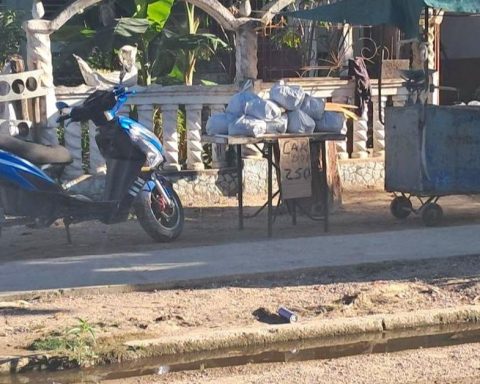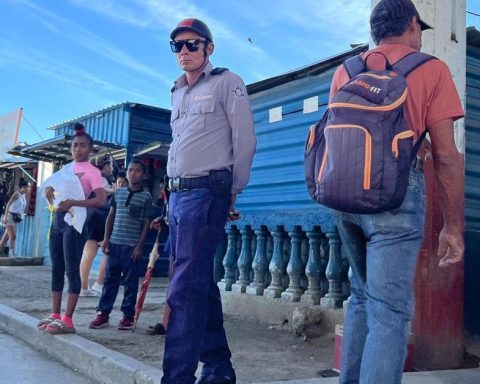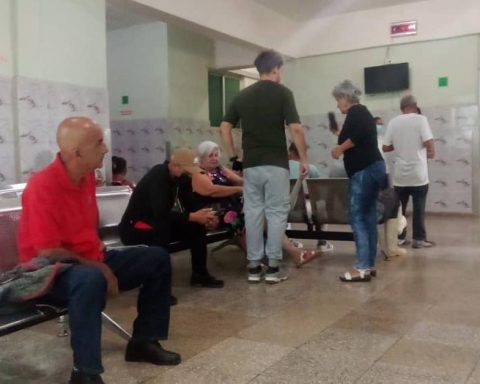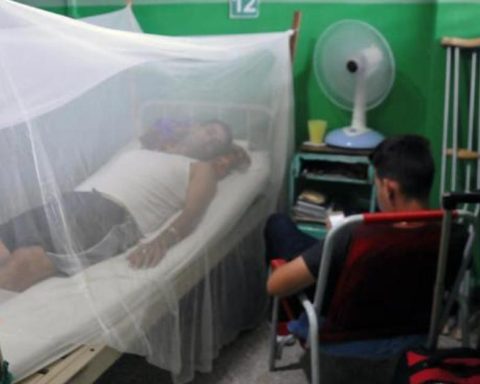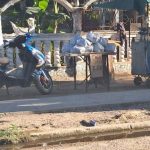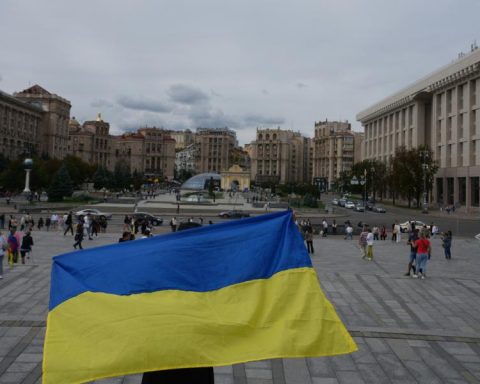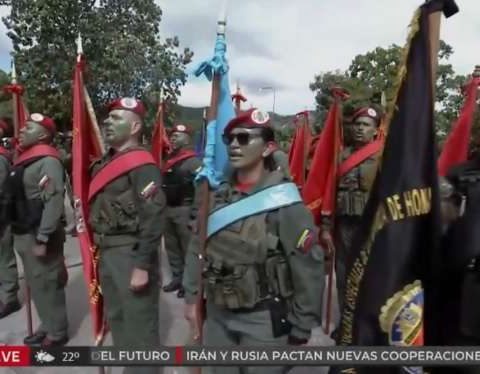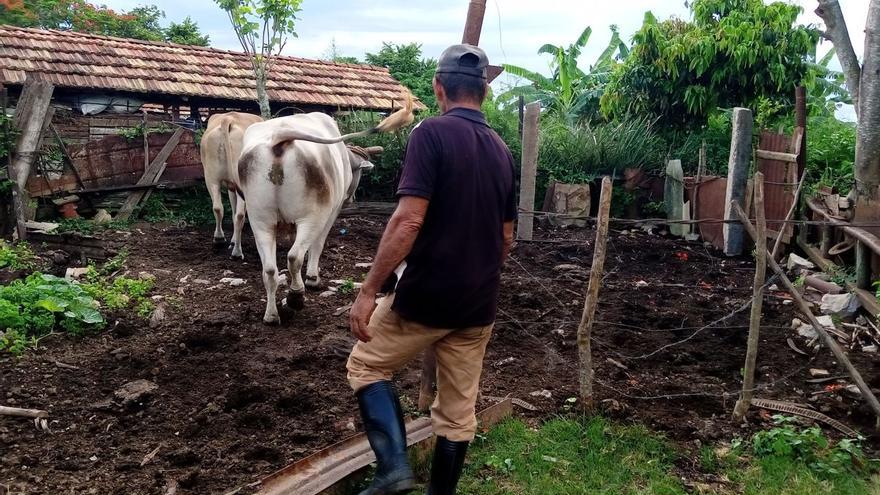
The livestock scenario in Cuba, marked by the brutality of robberies and police inaction, could not be more chaotic. The Resolution 88 of the Ministry of Agriculturewhich approved in 2022 a “procedure for the slaughter and consumption of beef cattle from self-consumption” for authorized entities and producers, is now seen by officials as an “erroneous criterion” of which they regret, because in Instead of alleviating the situation, the level of crime shot up, as stated to Cubadebate.
The aging Cuban peasantry no longer knows what to do against the thieves, who in 2022 claimed the enormous number of 82,445 cows and horses throughout the country, according to the official press. Few now go to the Police, whose lousy investigative mechanisms are well known to the victims of this “usual” problem.
“In the end nothing happens”: is the conclusion of the second part of a report on the theft and slaughter of cattle published this Wednesday by Cubadebate, and of which a third installment is announced. Producers, officials and agents have offered the official media their considerations on the subject, and none dares to foresee a less bloody panorama: the thieves are increasingly effective and violent, and in the countryside the dawn is lived with tension.
“The producers feel very disappointed with this whole situation. It is very painful for them to eat a cow that is milking or that was to produce meat or work”
“Producers feel very disappointed with this whole situation. It is very painful for them to eat a cow that they are milking or that was to produce meat or work,” says the director of livestock of the Ministry of Agriculture, Adrián Gutiérrez. Many no longer even know “where to put their animals to sleep.”
“You kill the cow, you take it and nothing else happens. There is also a safe market, which is not only fresh meat but also the production of sausages,” says Gutiérrez. The peasants, for their part, are clear: what matters to criminals is making easy money: “Did anyone think that with livestock it was going to be different?”
In San Cristóbal, province of Artemisa, the Police managed to arrest a criminal who was out for their respect at dawn, with two sacks full of meat. Quite calmly, he told the officers where the product had come from, on which farm he had killed the animal and what he intended to do with it.
However, upon arriving at the station, the man changed his entire statement. He assured that he “had found” the sacks and that, naturally, with the hunger that exists on the Island, he did not hesitate to collect them to feed his family. He spent three days in custody and was released after paying bail. “It didn’t take long for them to find him again one morning, killing another cow,” ditch Cubadebate.
Releasing known criminals is an increasingly common practice in the island’s rural areas. The “excessive request for evidence,” criticized by the official press, goes beyond common sense and the fact that thieves, in general, They are repeat offenders. It is enough for a person to declare that “the jaba of meat was found lying around” so that, sooner or later, they will get away with it.
“It seems that it was the patronage,” explained Benítez, alluding to the fact that several criminals are under the protection of the agents
Osbel Benítez, a farmer from Manatí (Las Tunas) interviewed by the Cuban Observatory of Human Rights, reported that he had also suffered the consequences of police inaction. “Three cows ate me on January 12. I made the accusation and everything stayed that way. They have not done anything. I see that the Police do what they want,” he lamented, despite having provided “all the evidence.” .
“Looks like it was the patronage”, Benítez explained, alluding to the fact that several criminals are under the protection of the agents.
Meanwhile, local meetings with the Ministry of Agriculture are increasingly frustrating. The authorities attribute the ease of committing crimes to the lack of control of the cattle mass. “It is the owner’s absolute responsibility,” say the managers, who wash their hands when the animal was not registered, despite the fines of 10,000 pesos and the confiscation imposed on those who violate the accounting of their livestock.
“If it is possible for the mass to be accounted for, the person must necessarily report to the police when an event occurs,” they point out. But if the cow or horse isn’t on the state register, it’s not even worth reporting. According to the paper, the animal does not exist, and neither does the crime.
For Yudith Almeida, the head of the National Livestock Registry, if a producer renounces the “marcafuegos” – the tool with which the animal’s skin is marked – or the clip, he is committing a serious “indiscipline” and exonerates the authorities of the damages .
Meanwhile, the deficit of meat and milk in the country is trying to be supplied with alternatives that do not measure up, such as the raising of buffaloes.
The official lists the sanctions that may be applied to those who fail to comply: 500 pesos and confiscation if they do not have documents that prove the accounting of the animal in the registry; 10,000 pesos if the declaration of birth of cattle is violated; 10,000 if his death is not declared; 10,000 for each missing cow or horse; 5,000 for each unauthorized sale or transfer process; and 20,000 if the data update of each horse already registered is not fulfilled.
Faced with the legal complexity of explaining that he was the victim of a theft, “farmers often prefer not to declare,” Almeida acknowledges.
Not even the official numbers can hide the situation: 82,445 cases of theft and slaughter of large livestock in 2022 –almost 2.5 times more than in 2021, when 33,690 were registered–, of which 45,315 correspond to cattle and 37,130 to horses. At the head of the most affected provinces is Villa Clara (12,243 cases), then Holguín (9,825) and finally Matanzas (2,926).
Meanwhile, the deficit of meat and milk in the country is trying to be replaced with alternatives that do not measure up, such as buffalo breeding. In Las Tunas, since 2013, a herd of 765 heads has been promoted, but the peasants work with “distrust and prejudice,” according to the president of the company in charge of breeding, Leonel Ávila.
Optimistic, Ávila affirms that buffaloes “have more advantages than bovines”, and cites their reproductive capacity as an example. In addition, he points out that their milk production is progressing well and “everything they eat is quickly converted to live weight”, although, he acknowledges, the animals “demand larger volumes of food”. However, large-scale buffalo farming on the island remains, according to the farmer himself, on the plane of mere possibility.
________________________
Collaborate with our work:
The team of 14ymedio He is committed to doing serious journalism that reflects the reality of deep Cuba. Thank you for accompanying us on this long road. We invite you to continue supporting us, but this time becoming a member of our newspaper. Together we can continue transforming journalism in Cuba.
